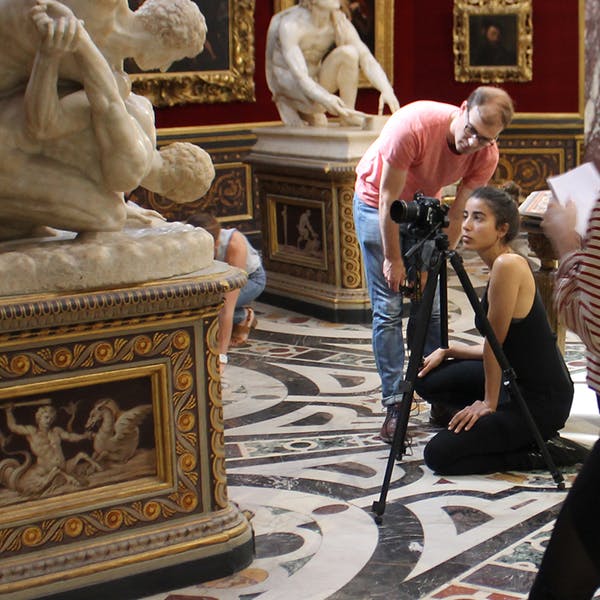Over the past couple of months several clients have asked for guidance on how to plan and budget for employee (non-union) salary increases in 2022. These questions arose from a confluence of challenges facing museums, including:
- High inflation, currently around 8%
- High turnover resulting from labor shortages and individuals pursuing new opportunities
- Staff shortages with many positions remaining open longer than usual
- Wage inflation, primarily for lower-paid and front-line workers
- Low employee morale resulting from a variety of factors related to feelings of work stress (shortage of staff, return to pre-pandemic work levels) in combination with lack of recognition (re: few if any salary adjustments in 2021)
- Fiscal constraints caused by the pandemic
The situation remains fluid. Traditional sources of salary increase projections collected over 3 months ago may not be reliable. It was in this context that I reached out to museums with whom I have worked with to discuss their challenges and projected salary increase spending for 2022.
Information summarized below is based on input from nine museums ranging in size from $15 million in expenses to over $200 million (Average and Median Expenses: $95 and $42 million respectively)
Unprecedented Variability in Salary Increase Budgets
There is considerable variation in projected salary increase spending for 2022 among these nine museums, unrelated to size of institution. Total spending, including annual general/merit increase plus off-cycle adjustments (e.g., for promotions and ad-hoc adjustments during the year) ranges from 2% to 7.4% of salary. The average salary increase budget is 4.7% (Median 4.75%).
Many museums we spoke with do not set a separate budget for off-cycle salary increases. For those that reported off-cycle budgets, they averaged 1% of salary, slightly higher than .75% we typically see. Our sample of museums reported an average and median annual general/merit increase of 4.25%
Front-Line and Lower-Paid Employees Getting Larger Salary Increases
Six of the nine museums are planning to give lower paid employees meaningfully larger salary increases than higher paid employees. These practices range from increasing the entry level rate by 15.5% (and granting adjustments to existing employees in these positions), to budgeting an extra 1.5% to 2.0% for lower paid employees (defined as below $80,000 on average).
Lump Sum Awards Not Prevalent
Only one museum reported granting employees lump sum awards in lieu of salary increases over the past year. No museums anticipated granting lump sum awards for 2022. The lack of lump sum awards is consistent with pre-pandemic practices, but atypical when compared to the for-profit sector.
Best Practices
Not surprisingly, there is considerable variation in pay practices across museums. This reflects the multitude of challenges facing these institutions and the uncertainty about the future. In the absence of a clear norm, we suggest the following strategies to help institutions tailor their approach to employee salary increases and recognition.
- Consider unbundling the annual general/merit salary increase. This may be appropriate for museums budgeting more than 4% for their general/merit increase. Withhold a portion of the budget to reward and address at-risk employees. For example, withhold half to three-quarters of a percent of salary and use it to reward 10% to 20% of the population with an average 4%-5% salary increase above the general/merit increase. Manage this “true merit” budget with a centralized process to ensure internal equity.
- Plan and budget for at least 1% of salary for off-cycle pay adjustments. Inflation, employee turnover and labor shortages are expected to continue for the near future. Higher salary increases for lower-paid employees will create compression issues with other employees requiring additional pay adjustments. Museums should establish a budget and process for managing these off-cycle pay adjustments. Remember, the cost of a salary increase is perpetual; they are not offset by temporary savings associated with open positions. Off-cycle salary increases require their own budget.
- Use lump-sums not salary increases for employee recognition. Museums concerned about employee morale should use lump sum awards to “say thank you” to all employees. They are more impactful that higher salary increase budgets because they are delivered all-at-once compared to salary increases that are spread out over 12 months.


